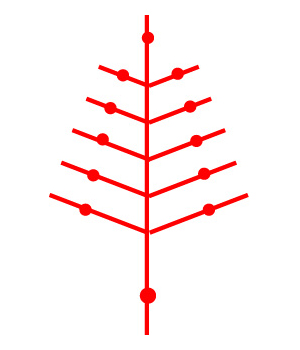
About the Coins
Semiotics (Info)
Introduction
Semiotics analyzes the meanings of the images, as opposed to their artistic merit. A key aspect of this is the propaganda generated by the rulers and the messages they wanted to convey to the people.
The subject is treated in a series of articles published since 2007, now collected here for easy reference. New articles will be added as they become available.
The articles are best read in numerical order:
- Semiotics of Celtic Coins I – Ruding's challenge
- Semiotics of Celtic Coins II – Circumstance Selectors
- Semiotics of Celtic Coins III – Amalgamation switchers
- Semiotics of Celtic Coins IV – Extensions into the continuum
- Semiotics of Celtic Coins V – It's not art
- Semiotics of Celtic Coins VI – Cunobeline's ship
- Semiotics of Celtic Coins VII – The search for codes
- Semiotics of Celtic Coins VIII – Seeing past the die-cutters
- Semiotics of Celtic Coins IX – The Minefield of Metaphor
- Semiotics of Celtic Coins X – Inventions, Replicas and Applying the brakes
- Semiotics of Celtic Coins XI – Producing and Interpreting Replicas
- Semiotics of Celtic Coins XII – Mapping Replicas
- Semiotics of Celtic Coins XIII – Identifying and Interpreting Inventions
- Semiotics of Celtic Coins XIV – Mapping Inventions
- Semiotics of Celtic Coins XV – People Breaking Things
- Semiotics of Celtic Coins XVI - Do Borrowed Images Mean Borrowed Messages?
- Semiotics of Celtic Coins XVII - Tincomarus Rolls the Dice
- Semiotics of Celtic Coins XVIII – We've Won the War
- Semiotics of Celtic Coins XIX – Dealing with Demons
- Semiotics of Celtic Coins XX – Verica Rolls the Dice
Next section – Manufacturing Methods
